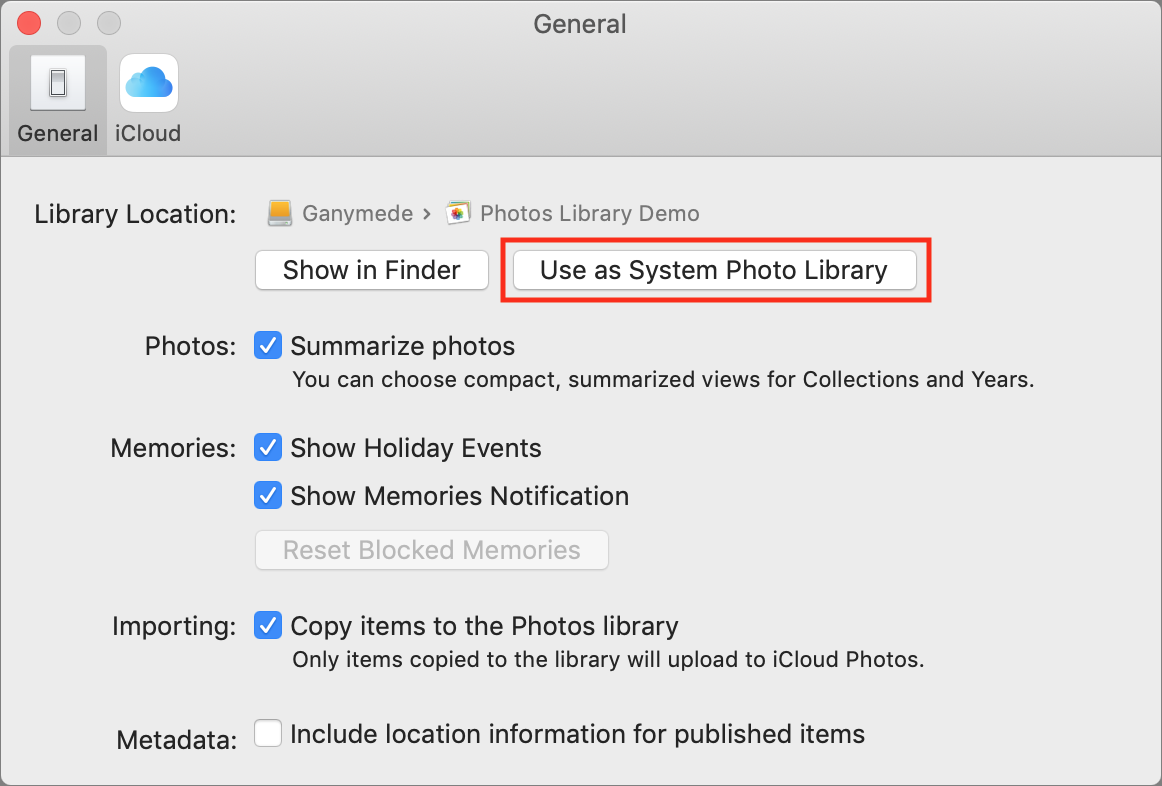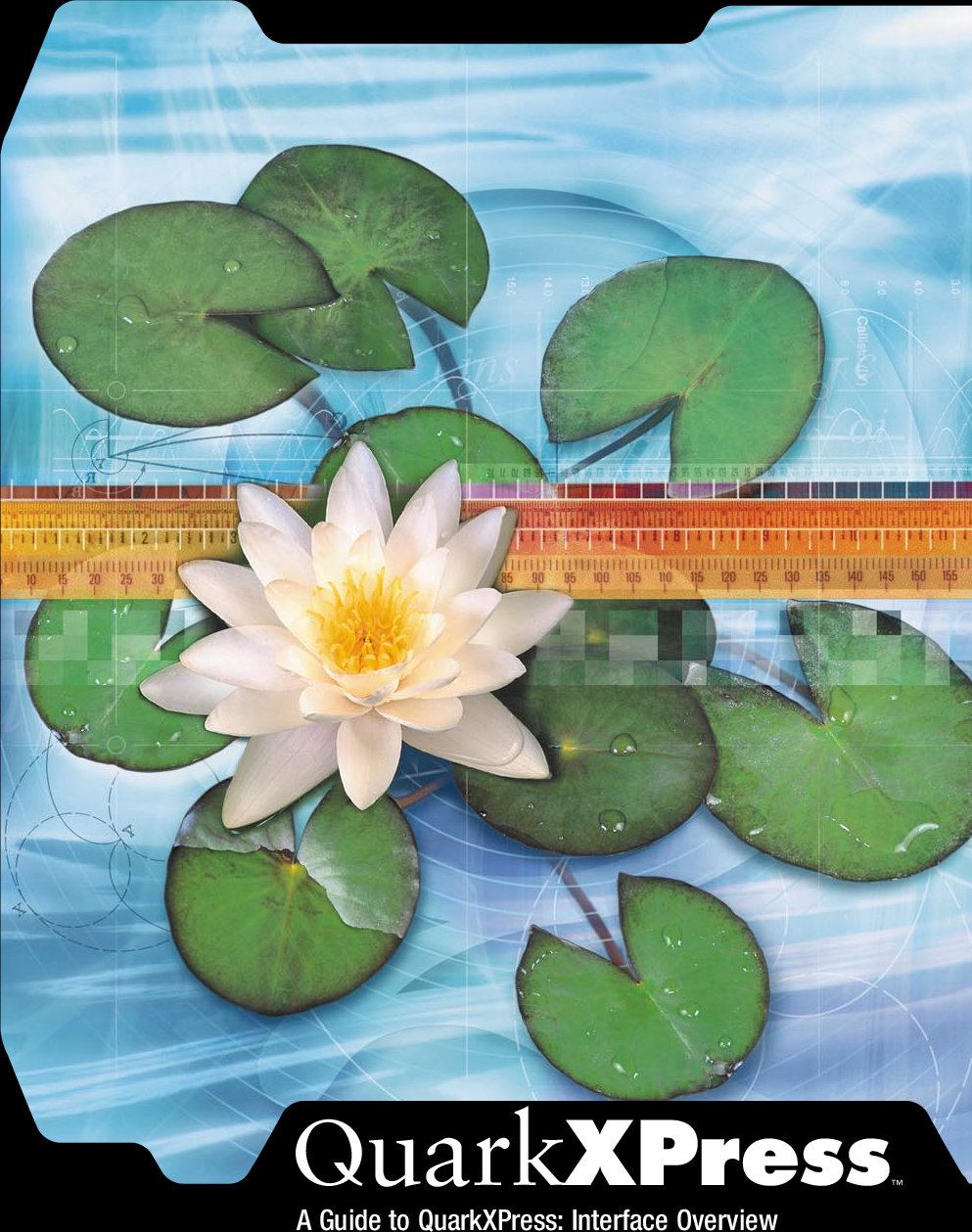Apple likes to hide the fuss of technical choices in its software. That includes Photos, which provides a lot of sophisticated functions with a friendly veneer. However, when it comes to exporting images, you might not know which option to take because so many choices appear quite similar.

Sharing Suggestions are limited to 5000 items with a maximum share size of 1GB. When you use Finder's List view to work with files on your Mac, a glance at the Size column tells you the size of each file, but when it comes to folders in the list, Finder just shows a couple of.
To follow along, select any image in Photos. Now, in the File > Export menu, you see two options: Export 1 Photo and Export Unmodified Original for 1 Photo.
- How to create a new library with Photos for Mac. You can create a new library for your photos at any time with Photos for Mac. To do so, make sure that you quit Photos and reopen it with the following method to get the Library options. Hold down the Option key on your keyboard. Double-click on Photos on your Mac.
- Fill your library, not your device. ICloud Photos can help you make the most of the space on your Mac. When you choose “Optimize Mac Storage,” all your full‑resolution photos and videos are stored in iCloud in their original formats, with storage-saving versions kept on your Mac as space is needed.
The second submenu item is easier to explain first. When you import media into Photos, it retains the original. Any changes you apply to it are stored as a series of modifications. In the library catalog and when you view an image, you see the modified version. Choose to export an unmodified original, and Photos copies exactly what was originally imported. It’s useful that the app retains the original, instead of only storing modified forms, in case you want to discard all your edits or export an image to edit again in another piece of software.
Most people routinely use the choice above it, however: Export X Photo(s). When you select that option, Photos offers an export dialog that has a lot of menus. (If you don’t see all the menus in the figure, click the downward-pointing arrow, and it will open to reveal more choices)
No matter what format the image was in when imported, you may select among PNG, JPEG, and TIFF in the Photo Kind menu. With PNG and TIFF exports, all the detail of the original is preserved, and there’s no option for lower quality.
With JPEG, however, you can pick an option in JPEG Quality that reduces file size by having less perfect fidelity to the original image. The lower quality you choose, the blurrier and more pixellated an image appears when you’re looking at an image at 100 percent.
Quality is distinct from resolution: Resolution describes how much information was captured in the image; it’s a description of the level of detail. Quality determines how crisp or authentic to the original the exported file appears. You can have an image with enough resolution to make a billboard from, but the quality could be so low that a lot of detail is lost. (Many image-editing packages provide an interactive export dialog that previews an image as you adjust settings for quality and resolution, including the estimated resulting file size in bytes.)
If you started with a lower-quality JPEG, exporting it as High or Maximum won’t magically make it more detailed—the original fidelity is lost. But if your original file is a Raw image (which captures raw sensor information from a camera) or was created as a high-quality JPEG, you should consider High or Maximum when exporting if you’re trying to produce a new image close to the original.

For all the image export formats, you can pick resolution from the Size menu. Full Size preserves the resolution of the imported image. The smaller sizes are appropriate typically for low-throughput situations—like a low-speed cell or Wi-Fi network—or ones in which data transfer is expensive or limited.
If you have a particular resolution target for an image, you can also pick Custom from the Size menu and set the maximum height or width, or the maximum dimension of either height or width. That’s useful if you were given a target size for an image that will be placed on a Web page or used in a layout for digital or offset printing.


Mac Photos Maximum Library Size Limit
This Mac 911 article is in response to a question submitted by Macworld reader Sara.

Ask Mac 911
We’ve compiled a list of the questions we get asked most frequently along with answers and links to columns: read our super FAQ to see if your question is covered. If not, we’re always looking for new problems to solve! Email yours to mac911@macworld.com including screen captures as appropriate, and whether you want your full name used. Every question won’t be answered, we don’t reply to email, and we cannot provide direct troubleshooting advice.
Note: When you purchase something after clicking links in our articles, we may earn a small commission. Read ouraffiliate link policyfor more details.
- Related: